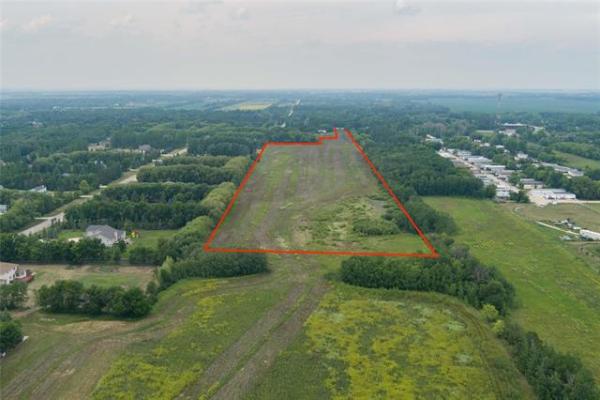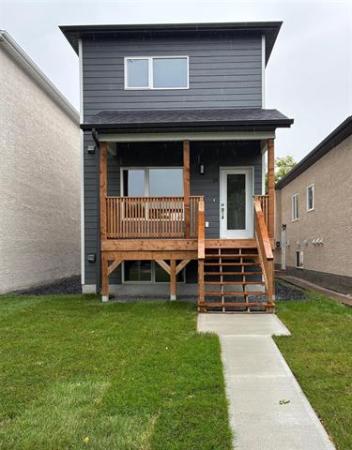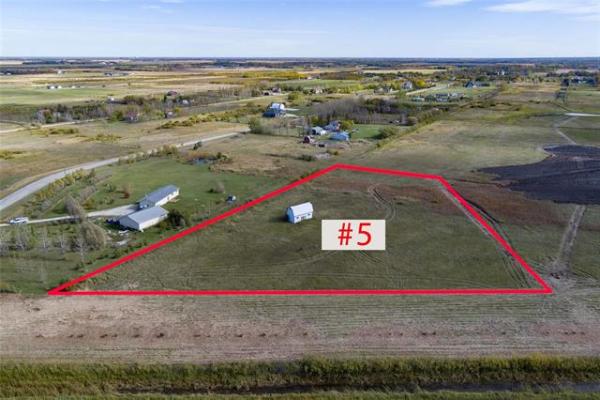Removing dead branches can have serious safety consequences if the person removing the branches is not properly secured to the tree. Some branches may look safe to the unpractised eye but may be full of decayed wood that will not support a person. Living branches may appear healthy, but they might have a weak point of attachment to a main trunk, especially if there is evidence of a widening crack in the crevice between the trunk and branch. Older Manitoba maples in our area are often used as a support for tree houses because of their tendency to produce horizontal branches, especially in the lower part of the tree crown. These maples are also one of the most common species at risk for extensive internal wood decay.
Are there electrical wires very close or touching tree branches? Under the right circumstances, living trees can conduct electricity. Contacting Manitoba Hydro first would be wise, especially if the tree house is going to be located near any local power distribution structures.
A common mistake is not realizing trees grow in circumference every year. The trunks and branches get wider in diameter. Carpentry work is often constructed very close to the tree bark, thereby providing no room for natural tree growth expansion. The tree can usually grow around the deck wood and envelop the portion closest to it. With time, this extended portion of the tree covering the wood will become weak with pockets of decay. This has now become a potential hazard if the tree breaks at that point. The solution is to give the tree sufficient room to grow. Placing removable deck pieces in a circumference around the trunk will allow you to provide room for the tree's expansion. The supporting deck joists should be kept at least 76 centimetres (30 inches) from the trunk. If piles are used to support the tree house deck, they should be kept as far away from the trunk and its supporting roots as possible. A pile too close to the trunk may undermine the tree's ability to support itself, and/or cause significant death of crown branches from loss of roots.
Many shade tree species in our area are subject to heavy feeding by pests. The most common culprits are cankerworms, aphids, gall mites and scales. All of these pests produce secretions that either rain down as sticky 'honey dew' (aphids, mites and scales), or as tiny pellets (cankerworms). The tree house may be subject to a seasonal invasion of these critters. I recommend that all susceptible trees -- with or without a tree house -- be power-washed using water only starting in mid to late May and continue at least every week until the end of June. The blast of water will help remove significant quantities of pests from the tree. A good thorough regular power-washing reduces the need to use chemical spray products. The secret is to start early in the season.
Michael Allen is a consulting urban forester and certified I.S.A. arborist and owner of Viburnum Tree Experts. He makes house and garden visits to assess tree and shrub problems. He can be contacted by calling 831-6503 or by e-mail at viburnumtrees@shaw.ca Questions can be mailed to Michael Allen, c/o Newsroom, Winnipeg Free Press, 1355 Mountain Ave., Winnipeg, MB, R2X 3B6. His website is www.treeexperts.mb.ca



